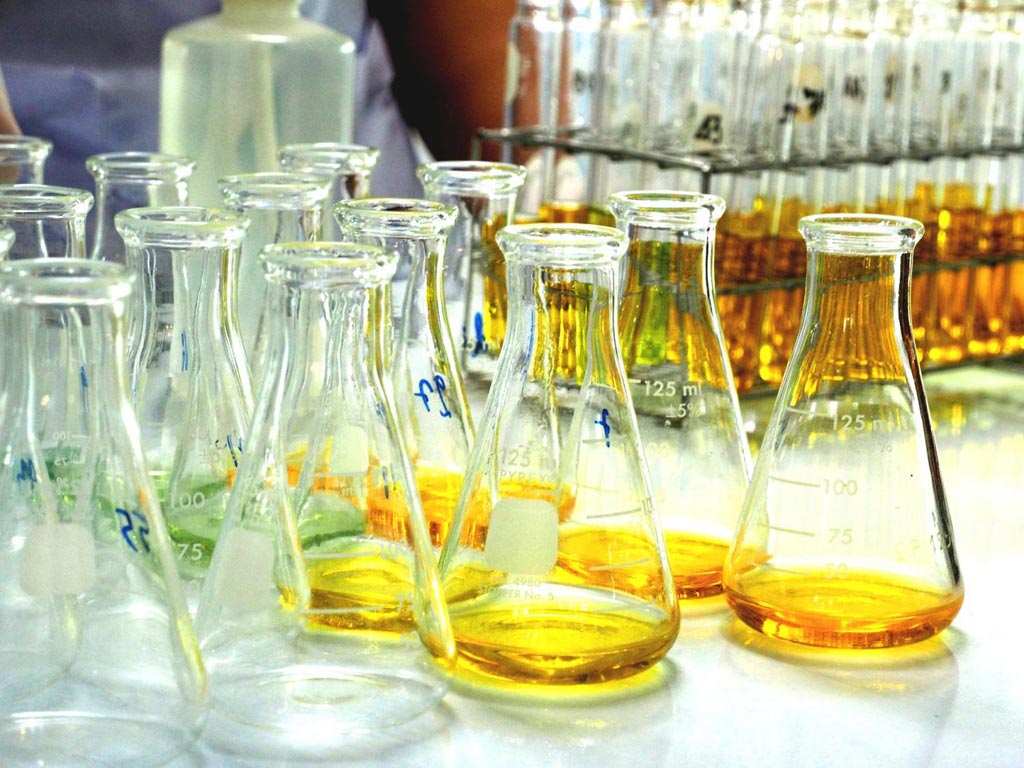Genes Should Be Screened for Stem Cell Transplants
By LabMedica International staff writers
Posted on 10 May 2017
Regenerative medicine using human pluripotent stem cells (hPS cells) to grow transplantable tissue outside the body carries the promise to treat a range of intractable disorders, such as diabetes and Parkinson's disease. These hPS cells can self-renew indefinitely, making them an attractive source for regenerative therapies.Posted on 10 May 2017
As stem cell lines grow in a laboratory dish, they often acquire mutations in the Tumor Protein P53 (p53) gene, an important tumor suppressor responsible for controlling cell growth. It is suggested that genetic sequencing technologies should be used to screen for mutated cells in stem cell cultures, so that cultures with mutated cells can be excluded from therapeutic use.

Image: A new study suggests genes should be screened for stem cell transplants (Photo courtesy of Medical Xpress).
An international team of scientists working with a group at Harvard University sequenced the protein-coding genes (exomes) of 140 independent human embryonic stem cell (hES cell) lines, including 26 lines prepared for potential clinical use. They then apply computational strategies for identifying mutations present in a subset of cells in each hES cell line.
They identified five unrelated hES cell lines that carried six mutations in the TP53 gene that encodes the tumor suppressor P53. The TP53 mutations we observed are dominant negative and are the mutations most commonly seen in human cancers. They found that the TP53 mutant allelic fraction increased with passage number under standard culture conditions, suggesting that the P53 mutations confer selective advantage. They performed a sophisticated set of DNA analyses to rule out the possibility that these mutations had been inherited rather than acquired as the cells grew in the lab. The scientists found that P53 mutant cells outperformed and surpassed non-mutant cells in the laboratory. In other words, a culture with a million healthy cells and one p53 mutant cell could quickly become a culture of only mutant cells.
The authors concluded that as the acquisition and expansion of cancer-associated mutations in hPS cells may go unnoticed during most applications, they suggest that careful genetic characterization of hPS cells and their differentiated derivatives be carried out before clinical use. Kevin C. Eggan, PhD, the principal investigator said, “Our findings indicate that an additional series of quality control checks should be implemented during the production of stem cells and their downstream use in developing therapies. Fortunately, these genetic checks can be readily performed with precise, sensitive, and increasingly inexpensive sequencing methods.” The study was published on April 26, 2017, in the journal Nature.













